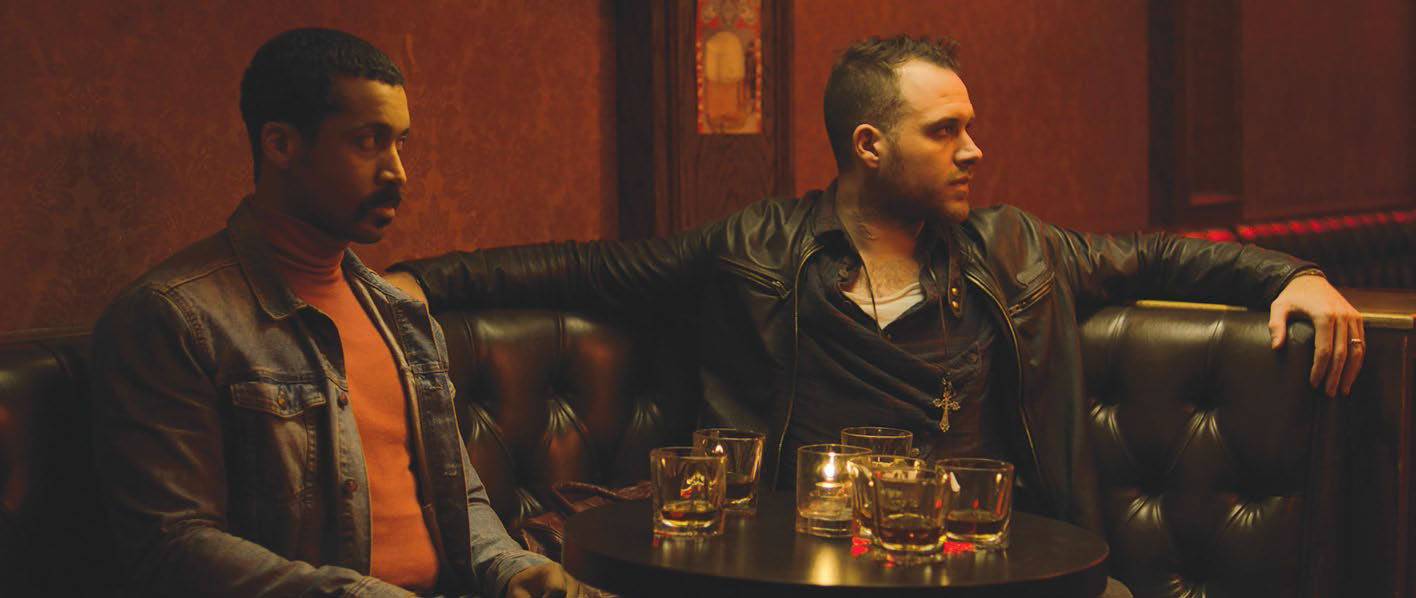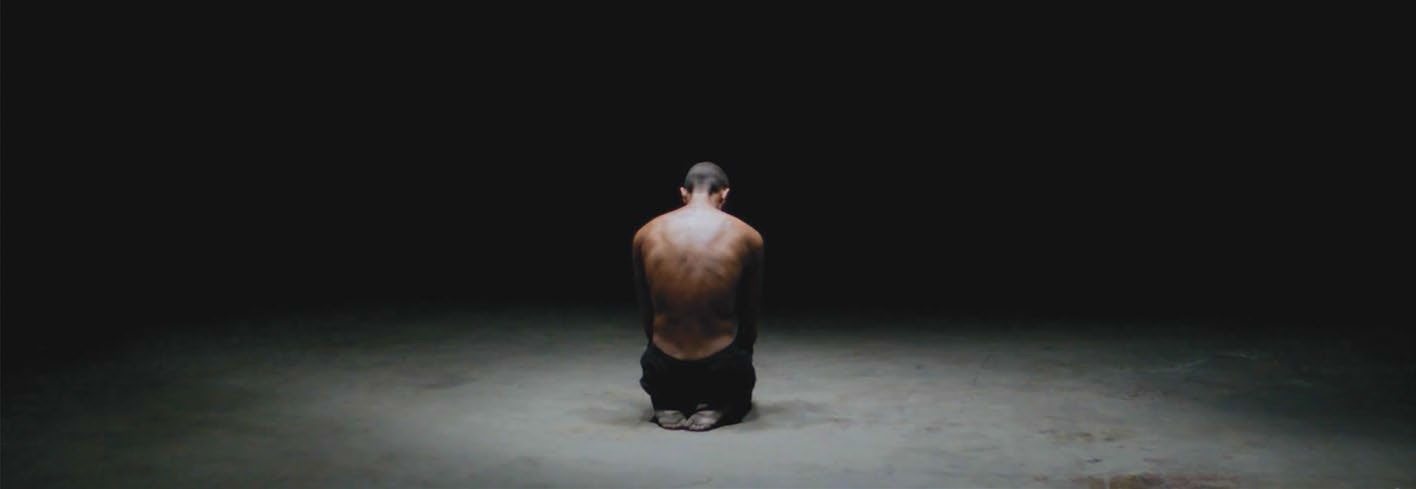The Beauty of Top Light
Having the ability to light in new directions from new positions truly allows for more creativity and possibilities with the look of a scene. Cinematographers starting out, I’ve noticed, have a tendency to point lights directly at subjects from the ground. It is only when someone has shot a bit more that they work with more competent crews who can do some useful rigging and get units in new, exciting places—above the set.
LIGHTING FROM ABOVE
The beauty of lighting from above is that you get a supply of ambient light, which many sets and locations naturally call for. It easily acts as a fill light. In a way, it can help you light 360° and for two reasons. One, you are able to spread light across a large surface area depending on how omnidirectional and large the unit is. Two, top light usually comes from rigging from above, so you are able to avoid stands on the ground. Lighting from above allows you to not have to hide much. Not only that, but you cast shadows straight to the ground and can easily knock light off walls if you want them to fall off into darkness and keep attention on the subject.

In a series of music videos for Saro, I had my gaffer and key grip set up a beautiful soft top light above the main performance. We were consistently on steadicam and wanted to move around as freely as possible, so we were able to be free of grippage on the ground of the warehouse. On this project, the light was such a large source that it caught the eyes of the performers and each of them an eyelight at the right moments. When a light from above isn’t catching, it’s helpful to bring in a bounce from below and return a soft shape into the eyes.
Another example of successful top lighting, from personal experience and aside from the countless examples out there, was for a film titled “Tubby Hook.” There was a lot of action and many eyelines inside a bar location and the main characters stay somewhat stationary at a particular booth inside. To accommodate the variety of eyelines and not have to dance around stands as the camera flipped around the space, we placed a Litemat 4 above the booth. It was diffused through a couple different rags and skirted so as to knock it off the walls and keep the attention on the characters. We could bounce back the Litemat into the shadows and compensate for the lack of units on the ground. We also had 1-3 characters in the booth at different times so we were able to be ready for all different scenarios without needing much reset time.
EXPANDING THE REALM OF POSSIBILITIES
Top light can be created with almost any unit. Usually a soft Litemat 4 or Skypanel is great, depending on how much weight you can rig up. Something like a panel is nice for spreading light further and keeping it even across a scene.
The professional video industry's #1 source for news, trends and product and tech information. Sign up below.
Other examples for even light from up top are balloon lights or Jem balls. If you’re after a specific narrow beam, then a fresnel makes more sense so you can direct the source. It also becomes a dance in terms of where you place subjects below. Depending on the blocking, you can strategically position top light to hit faces in different ways or key someone while edging someone else, all the while creating a pocket of ambient light. You’re able to get moodier with top light, too, and create pools of light very easily the more you kill light off the walls and shape the source.

On the last feature, we had a large warehouse location and the thing I attribute to saving us the most time was the fact that we had a few ARRI Skypanels up above, equipped with their chimeras. We could skirt them, angle them and dim them as necessary. We could also add or subtract rags of diffusion and change color temperature from the remote. When using top light it’s good to have wireless control too, as to avoid having to use a ladder to make adjustments. The only thing with huge soft sources coming through very large frames is that it looks dramatic. They’re great for news studio and comedy work, but if you want to add a more dramatic tone, getting more specific and shaping will help.
There are so many lighting techniques and so much lighting technology. Top light really expands the realm of possibilities and allows for a lot of flexibility on the ground. Even if there is nothing to rig to, it’s worth building out a menace arm to get light above the subjects to really create an atmosphere within the space. If you’re keying from the ground, even a touch of toplight can help fill in the shadows. It’s a great technique that spans many genres and tones depending on your tools.
Julia Swain is a cinematographer based in California, whose narrative films include “Killing Animals,” “Jilted” and “Cassidy Red.” She continues to shoot on a variety of formats, seeking to create compelling visuals for every story and brand. She can be contacted throughTV Technology.
